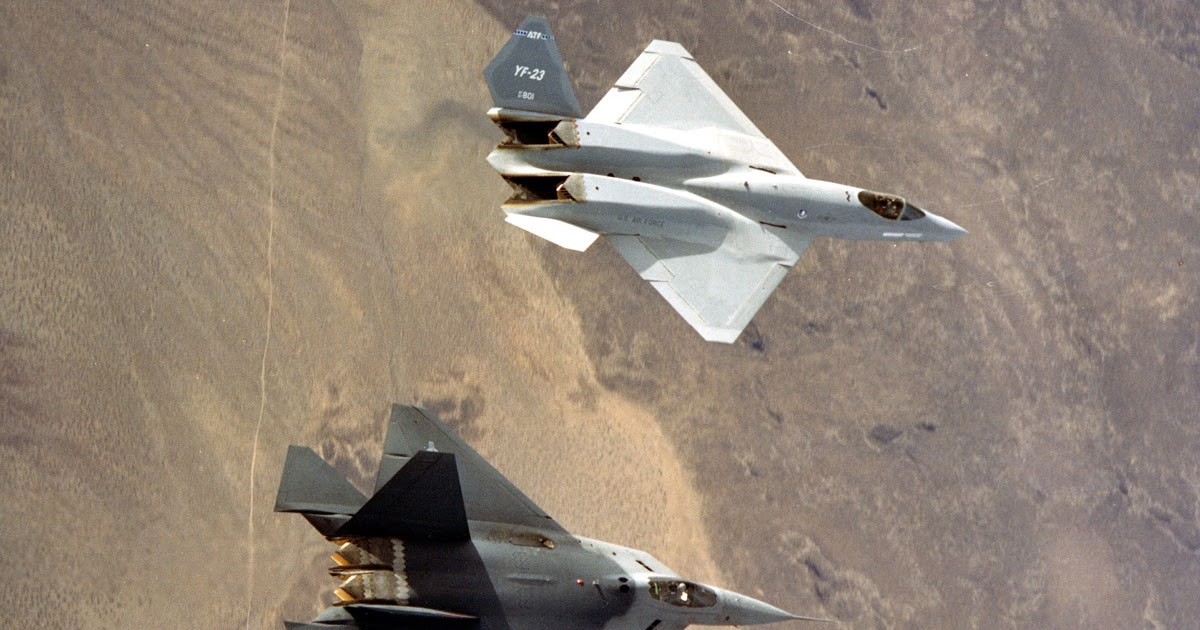
Across a shock, the static pressure, temperature, and density increase, while the Mach number and total pressure decrease. When a shock wave is inclined to the flow direction due to the shape of the object and the flow’s Mach number, it is called an oblique shock wave.
#Supersonic airfoil free#
This discontinuity is known as a shock wave and is very thin i.e., on the order of the mean free path of the gas molecules, which is around 50 nm in air at atmospheric pressure. This process can only occur if there is a discontinuity in the flow. So when the fluid approaches the airfoil, it faces an abrupt decrease in flow area (similar to a concave corner) and has to suddenly change its direction to match the boundary conditions in zone 1. As mentioned earlier, the fluid upstream (zone 0 in the figure above) is not influenced by the disturbances caused by the airfoil. This topic has already been investigated by COMSOL Multiphysics® users in the paper “ Numerical Study of Navier-Stokes Equations in Supersonic Flow over a Double Wedge Airfoil using Adaptive Grids“. The supersonic flow field around a diamond airfoil, showing the different regions in the flow field.įor simplicity, consider the benchmark case of supersonic flow past the cross section of a wing with a diamond airfoil. These inviscid flow equations can be solved analytically for simple geometries. However, if the viscous effects in the regions of interest are negligible, then removing the viscous terms in the Navier-Stokes equations yields the Euler equations. The viscous effects in supersonic flows are usually negligible, except in the regions with sharp gradients such as shocks or boundary layers. If the flow becomes highly compressible, as is the case for supersonic flows, the energy equation has to be solved in addition to the mass and momentum conservation equations mentioned earlier, whether the flow is in the laminar or turbulent flow regime. Depending on the problem, a suitable turbulence model can be used to resolve the turbulence. We then solve either the Navier-Stokes equations with continuity and constitutive relations for laminar flow or the Reynolds-averaged Navier-Stokes equations with continuity and constitutive relations for turbulent flow. The characteristic length (the chord length in the case of a wing) is denoted by L. Here, ρ, μ, and u are the fluid density, dynamic viscosity, and speed, respectively. The flow regime is based on the Reynolds number, Re = ρuL/ μ.

To quantitatively resolve the fluid flow, we first determine whether the flow will be in the laminar flow regime or if it will have transitioned into a turbulent flow regime. The arrow represents the direction of movement of the object.


The disturbance propagation for subsonic (left), sonic (middle), and supersonic (right) wing speeds, where the circles represent the pressure/sound waves.

The disturbance propagation gives us qualitative insight into the demarcation between the subsonic and supersonic flow regimes. This phenomenon can also be represented in terms of the Mach number, Ma = u/ a 1), the fluid upstream is no longer influenced by the wing before it reaches that location, since the pressure waves have not propagated there yet, as shown in the image below (Mach cone in red). As the speed of the wing is below the speed of sound, this is known as subsonic flow. Therefore, the fluid upstream is influenced by the presence of the wing before the wing reaches that location. If the speed of the wing is smaller than the speed of sound, u < a, the disturbances propagate faster than the wing itself. The disturbances created by the wing propagate as pressure waves in air (here, sound waves), so these disturbances propagate at the local speed of sound, a. What Is the Difference Between Subsonic, Sonic, and Supersonic Flow?Ĭonsider a wing moving in air, say at a constant speed u.
#Supersonic airfoil how to#
Let’s discuss how to model supersonic flow past a diamond airfoil, which involves resolving shocks and expansion fans. Resolving discontinuities (e.g., shock waves) requires a high resolution and the numerical stability of strongly coupled mass, momentum, and energy conservation equations for fluid flow. Have you ever been curious about how to model supersonic flows, like those around Concorde or fighter jets? Generally, this process requires the resolution of shocks or expansion fans in the flow.


 0 kommentar(er)
0 kommentar(er)
